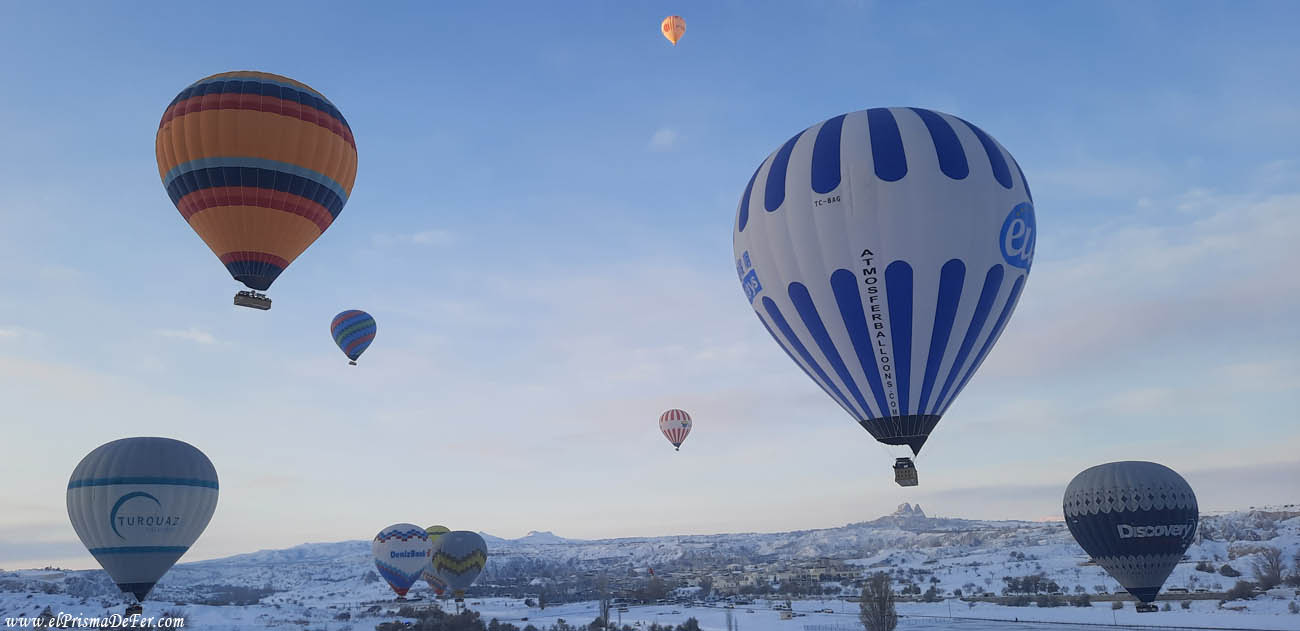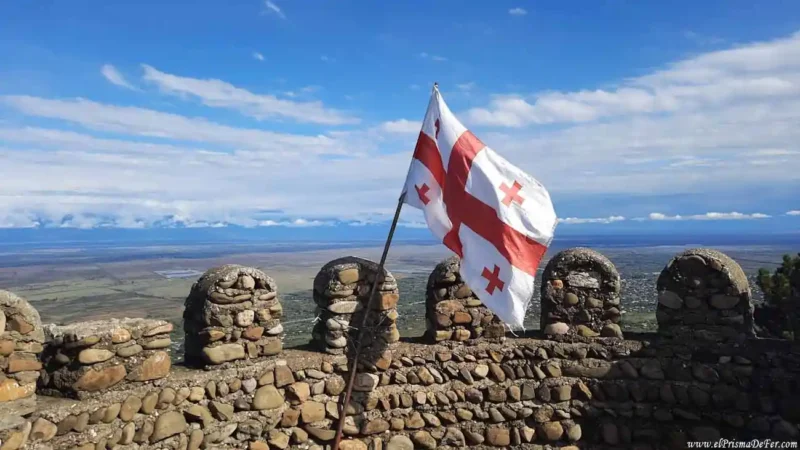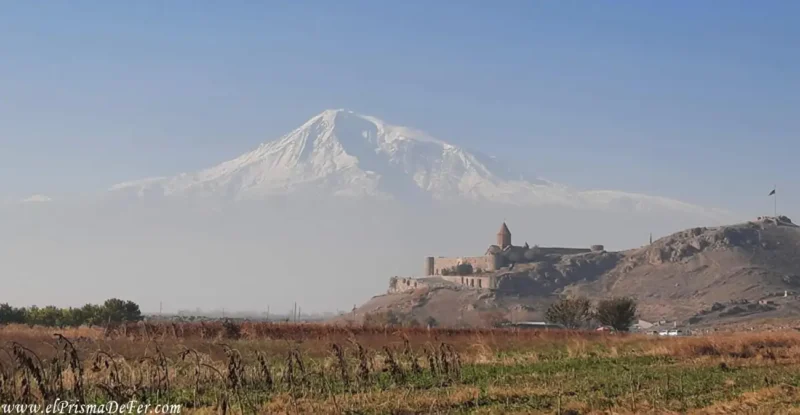Traveling to Turkey means discovering a country that combines ancient history, unique landscapes, and a culture that blends the best of East and West. From the imposing mosques of Istanbul to the rock formations of Cappadocia, passing through the turquoise beaches of the Mediterranean and the archaeological remains reminiscent of ancient civilizations, every corner surprises in a different way.
Beyond its best-known tourist attractions, exploring Turkey takes time. It's a vast and diverse country, with very different regions, making it ideal for those seeking vibrant cities as well as those who prefer natural landscapes or backpacking adventures.
In this travel guide to Turkey, you'll find all the practical information you need to plan your trip: from the top destinations you can't miss, how to get around the country, and the best time to visit, to tips on safety, costs, visas, cuisine, and cultural attractions.
A comprehensive overview designed to help you make the most of your trip to one of the most fascinating and diverse countries in the world.
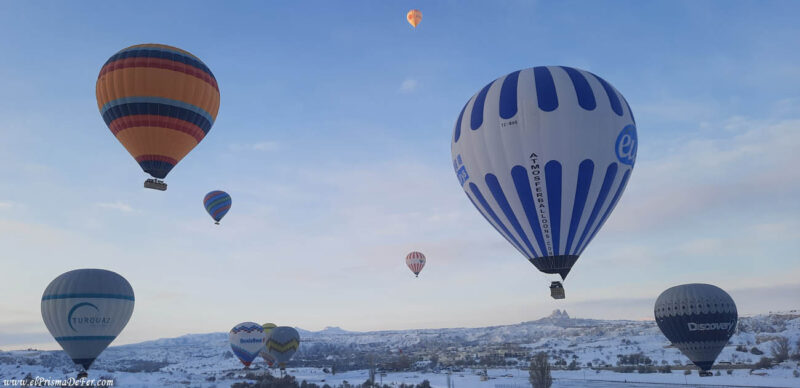

Table of Contents
What to know before traveling to Türkiye
| Language 🗣️ |
| The official language is Turkish, although in tourist areas it's common to find people who speak English, especially in hotels and agencies. In the eastern regions, especially in Kurdish areas, Kurdish is also spoken. |
| Currency 💵 |
| The official currency is the Turkish lira (TRY). Although in tourist areas some prices may be expressed in euros or dollars, it's best to use lira to avoid unfavorable exchange rates. There are ATMs in almost every city, and credit cards are widely accepted, except in small businesses or more remote towns. |
| Religion |
| The predominant religion in Turkey is Islam, mostly of the Sunni branch, although the country defines itself as a secular state. This means that, while the Islamic tradition is visible in daily life and customs, there is also religious diversity, including Christian and Jewish communities. In rural and conservative areas, the influence of religious practices on daily life is more noticeable. |
Location  |
| Most of its territory is in Asia Minor, while a small strip to the west, including Istanbul, extends into Europe. It borders eight countries, including Greece, Bulgaria, Iran, and Syria, and is surrounded by three seas: the Black Sea, the Aegean Sea, and the Mediterranean Sea. |
| Capital 🏙️ |
| Turkey's capital is Ankara, although many visitors assume it's Istanbul due to its size and historical significance. Ankara is the country's political and administrative center, while Istanbul remains the most populous, dynamic, and tourist-friendly city, serving as the gateway for most travelers. |
| Visa 🛂 |
| In general, travelers from the European Union and most countries in the Americas can enter Turkey visa-free for stays of up to 90 days in any 180-day period as tourists. However, it's always a good idea to check Turkey's official immigration website before traveling to confirm the requirements based on your passport. |

My visit to Türkiye was part of a long journey along the ancient Silk Road. In this post, you can learn more about the countries I visited and how to do it all on your own.
History of Türkiye
The history of Turkey is a journey through some of the world's most influential civilizations. This land, at the crossroads of Europe and Asia, was the site of great empires, the expansion of religions, and political transformations that shaped the country we know today.
Roman times and the ruins that remain
With the arrival of the Roman Empire, much of present-day Türkiye became a strategic region in the eastern Mediterranean. Cities like Ephesus, Pergamon, and Hierapolis flourished with theaters, temples, and libraries that can still be visited and that demonstrate the greatness of that era.
These archaeological remains bear witness to the important role that Anatolia played in the Roman world, both as a commercial and cultural center.
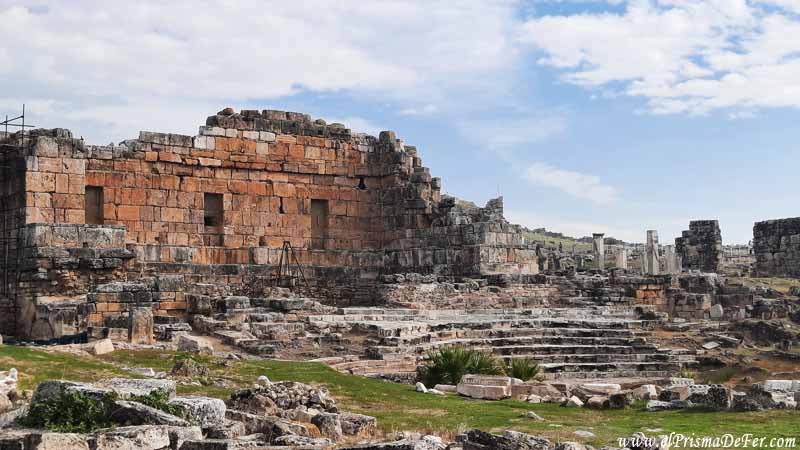
The passage of Christianity
Türkiye also played a fundamental role in the expansion of Christianity. Places like Antioch and Cappadocia were the setting for early Christian communities, and cities like Ephesus hosted decisive councils for the faith.
Furthermore, figures like Saint Paul traveled through these lands on his missionary journeys, leaving behind a spiritual heritage that can still be felt in many historical sites.
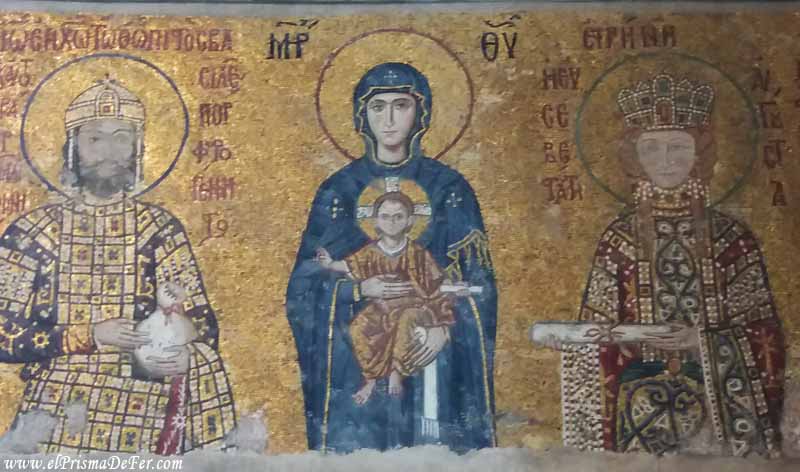
The Ottoman Empire and the conquest of Constantinople
In 1453, the conquest of Constantinople marked the beginning of a new era, the Byzantine capital becoming the jewel of the Ottoman Empire.
Under the leadership of Mehmet II and his successors, Istanbul was transformed into a major political, cultural, and religious center, with the construction of imposing mosques such as Hagia Sophia (converted into a mosque after the conquest), the Blue Mosque, and Topkapi Palace.
For centuries, the Ottomans extended their rule across three continents, making the empire one of the most enduring powers in history.
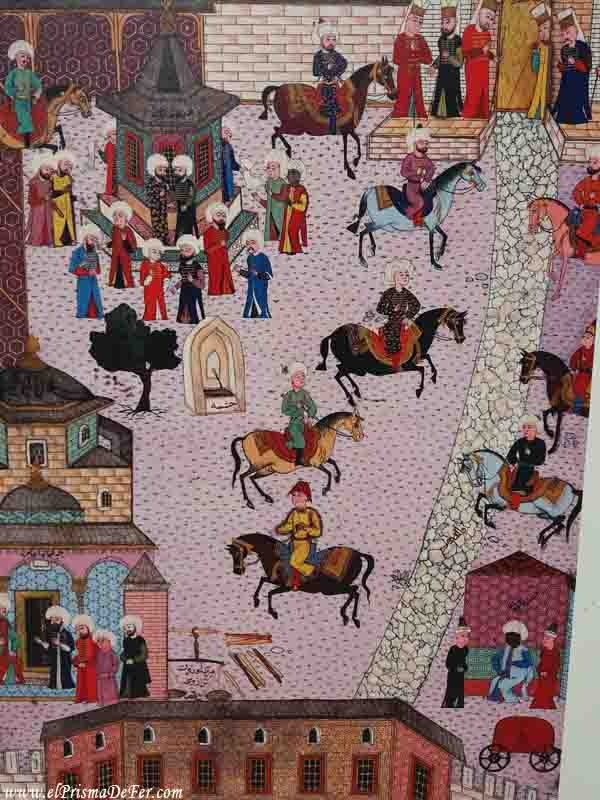
The decline of the empire
From the 17th century onwards, the Ottoman Empire began a slow decline, weakened by wars, territorial losses and internal tensions.
During the 19th century, the empire was known as “the sick man of Europe,” and after the First World War it finally disintegrated.
Atatürk and modern Turkey
After the fall of the Ottoman Empire, the figure of Mustafa Kemal Atatürk emerged, considered the father of modern Turkey. A military and political leader, he led the Turkish War of Independence and in 1923 proclaimed the Republic, with Ankara as its new capital.
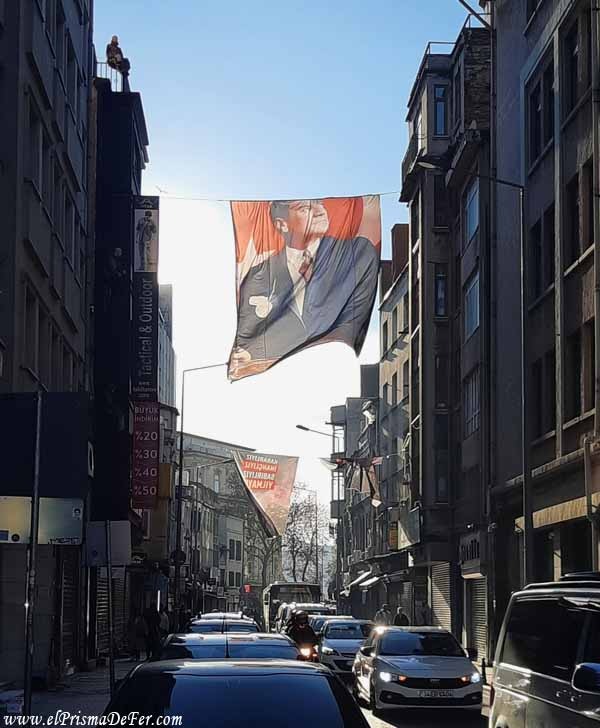
Its importance lies in the profound reforms it implemented: it abolished the caliphate, separated religion from the state, promoted secular education, modernized the economy, and granted greater rights to women, including the right to vote.
Atatürk transformed Turkey into a country that looked toward the West without losing its roots, establishing a system closer to democracy and civic nationalism.
Today, his legacy lives on: from the portraits adorning public offices to the national holidays in his honor, Atatürk is a key figure in understanding the identity and direction of modern Turkey.
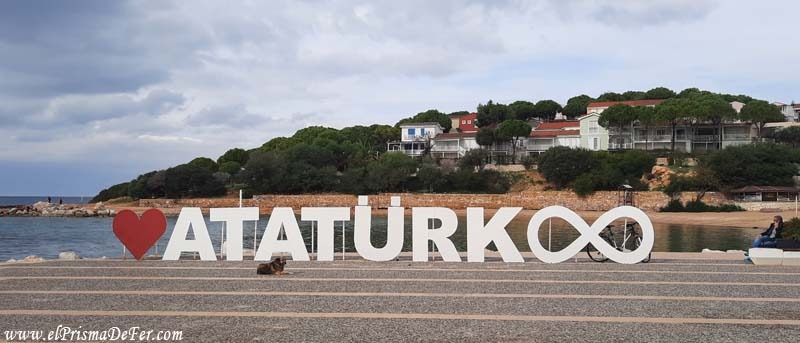

How to get around Türkiye
Getting around Türkiye is quite easy thanks to the excellent bus network that connects virtually every city and town in the country.
Traveling by bus in Türkiye
Buses are the most widely used form of transportation, not only because of their frequency and coverage, but also because of their excellent service: comfortable seats, air conditioning, individual screens on some companies, and well-organized intermediate stops. Traveling by bus is generally safe, accessible, and one of the best ways to travel long distances.
One peculiarity is that on long-distance buses, a man and a woman cannot sit together if they don't know each other. When booking, the system automatically assigns seats to respect this cultural norm, so if you're traveling as a couple, it's a good idea to clearly indicate your relationship so you're not separated.
To organize your trips, the most practical application is Obilet, very popular in Türkiye, which allows you to check schedules, compare companies and reserve seats directly from your cell phone.
Thanks to this tool, planning a bus trip within the country is quick and convenient, making travel much easier even if you don't speak Turkish.
Other means of transport in Türkiye
In addition to buses, Türkiye has a fairly extensive and economical network of internal flights, ideal for saving time on long journeys such as Istanbul–Cappadocia or Istanbul–Antalya. Airlines such as Turkish Airlines, Pegasus, and AnadoluJet often offer affordable prices and several daily flights.
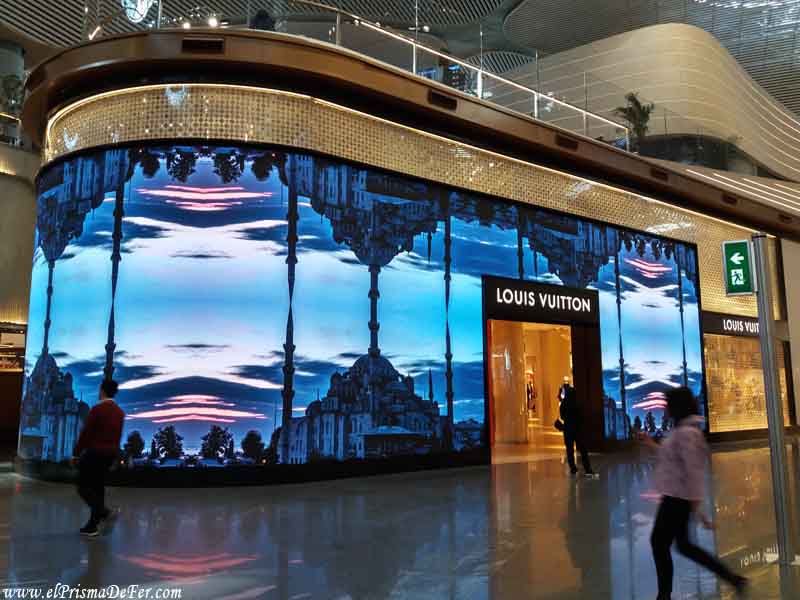
Some routes also have trains, although the network isn't as extensive as the bus network. The high-speed trains that connect cities like Istanbul, Ankara, Izmir, Ephesus, and others are a quick and comfortable option for exploring the heart of the country.
For shorter distances or urban journeys, dolmuş (shared minibuses) are a popular and economical alternative. They operate on set routes, though they often stop along the way if you ask the driver. They're a part of everyday life in Turkey and an authentic way to get around like the locals.
Curiosities of Türkiye
Türkiye is a country full of contrasts and unique features that surprise travelers. Beyond its landscapes and historic cities, there are cultural and everyday aspects that help us better understand local life.
Tea, more than a drink
Although many associate Türkiye with Turkish coffee, the truth is that black tea (çay) is the national drink par excellence. Served in small tulip-shaped glasses, it's almost a social ritual: it's offered to you in homes, businesses, and even in stores while shopping.
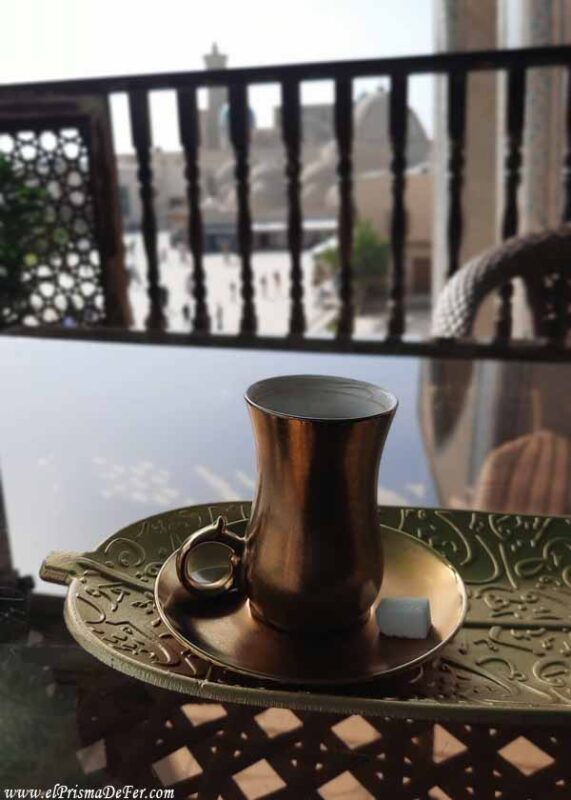
Cats everywhere
In cities like Istanbul, cats are part of the urban landscape. They are well cared for by the community, and there are even food bowls on the streets and inside mosques. For Turks, these animals are a symbol of good fortune and companionship.
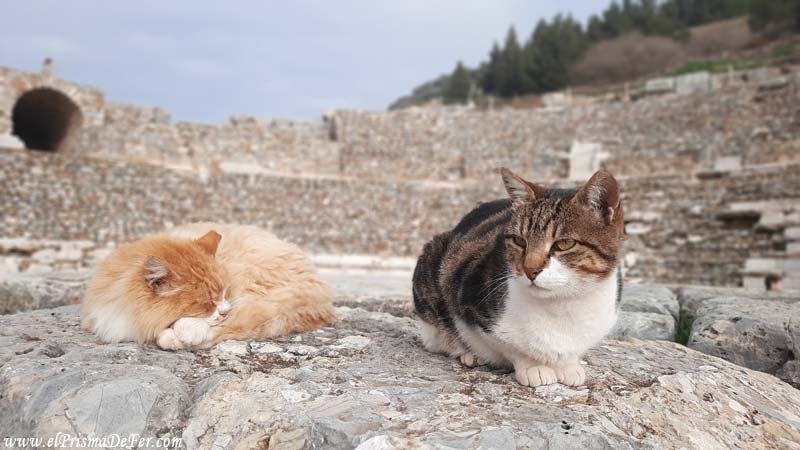
The Nazar amulet
The famous Turkish evil eye is one of the most popular souvenirs. According to tradition, it protects against bad energies and envy. You'll find it in homes, businesses, taxis, and even on children's clothing.
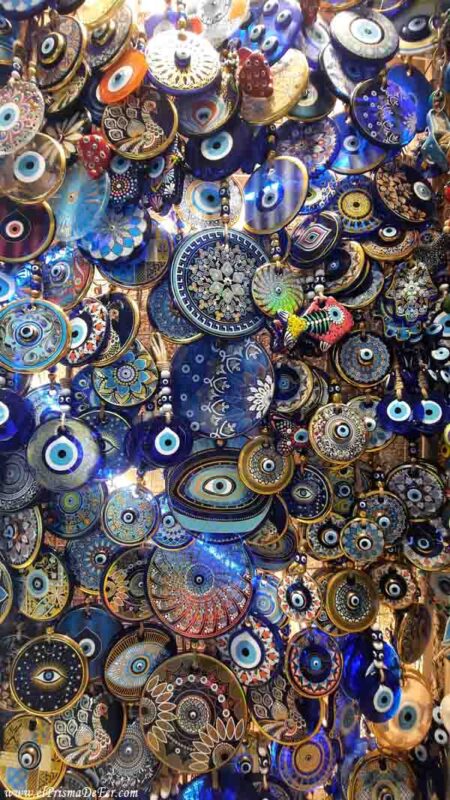
Bridge between continents
Istanbul is the only city in the world that is located between two continents, Europe and Asia, joined by the Bosphorus Strait and connected by bridges and tunnels that cross under the sea.
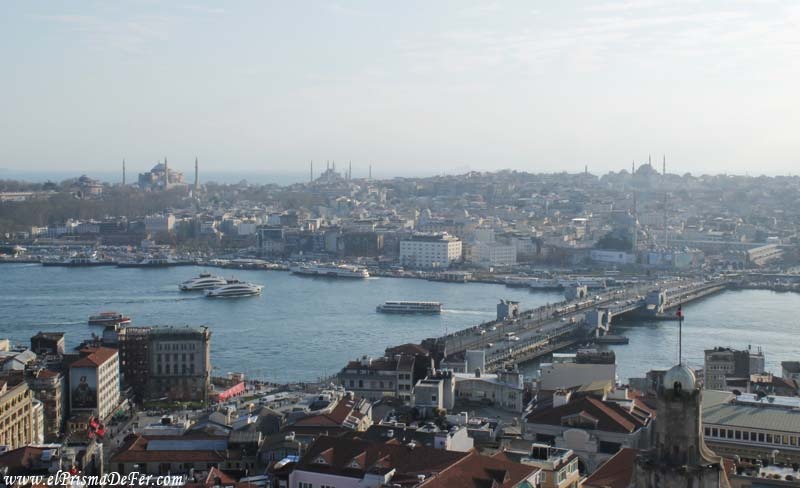
The hammam, a living tradition
Turkish baths or hammam have been part of the culture since the Ottoman era. Beyond being a place of hygiene, they were spaces for socializing and relaxation. Today, tourists can experience this in cities like Istanbul.
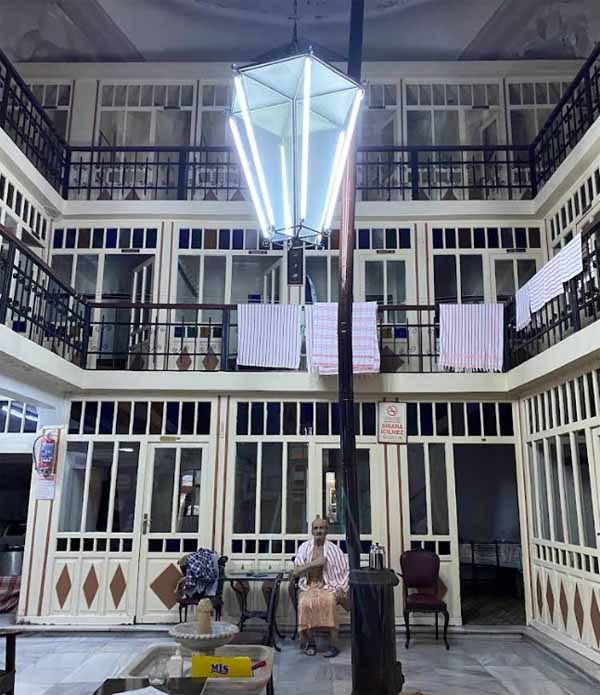
Santa Claus was born in Türkiye
Saint Nicholas, the bishop who inspired the modern figure of Santa Claus, was born in the city of Patara, in the Lycia region of southern Turkey. Today, ruins and temples dedicated to him can be visited.
The flag and its symbolism
The Turkish flag is red with a white crescent and star. These symbols are associated with Islam, but also have older roots in Central Asian cultures. For Turks, it's a sacred emblem of national identity, and you'll see it flying almost everywhere.
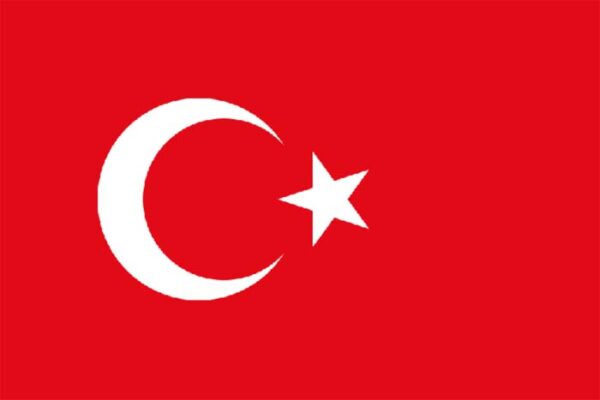

Map with the travel itinerary in Türkiye
What to see in Türkiye
Turkey is a vast and diverse country, with attractions that extend far beyond Istanbul. Each region has its own character and offers very different experiences, so it's best to plan your itinerary based on your available time. Here are some of the highlights:
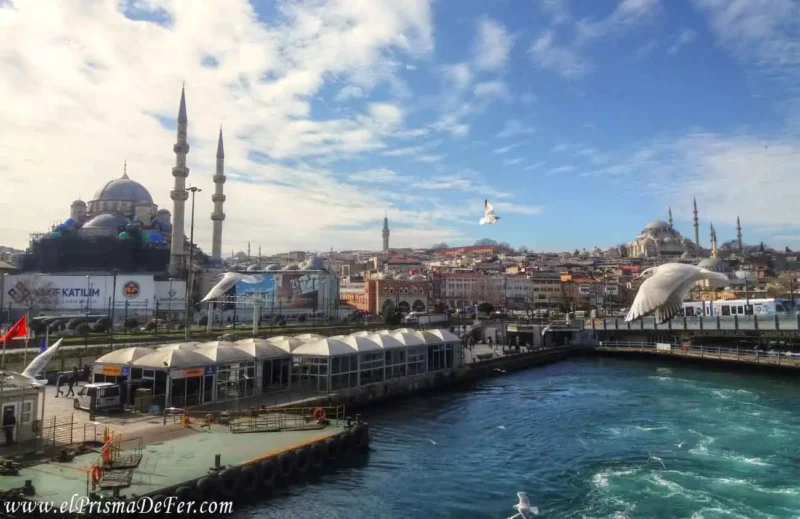
You might be interested in reading the travel itinerary I took in Türkiye for 1 month.
Istanbul
The country's most famous city and the bridge between Europe and Asia. Here you'll find imposing mosques like Hagia Sophia and the Blue Mosque, Topkapi Palace, the bustling Grand Bazaar, and the charm of neighborhoods like Balat and Üsküdar.
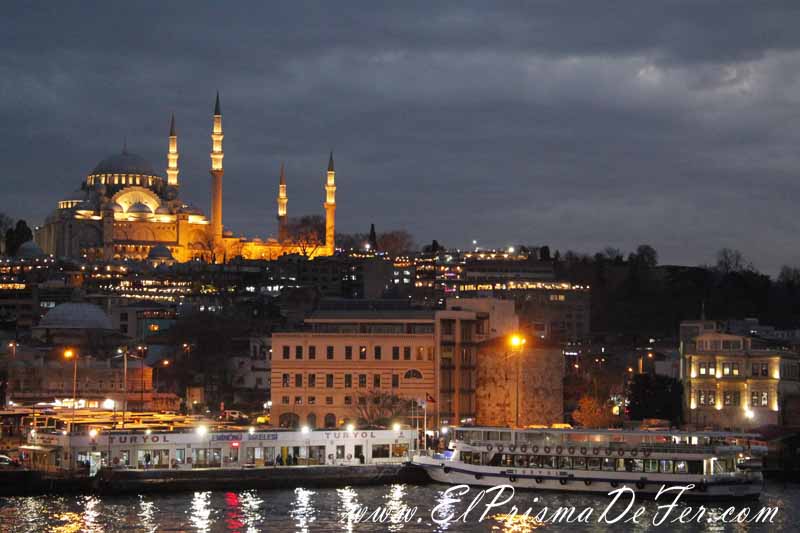
Exploring Istanbul is a blend of history, culture, and modern life that no traveler should miss.
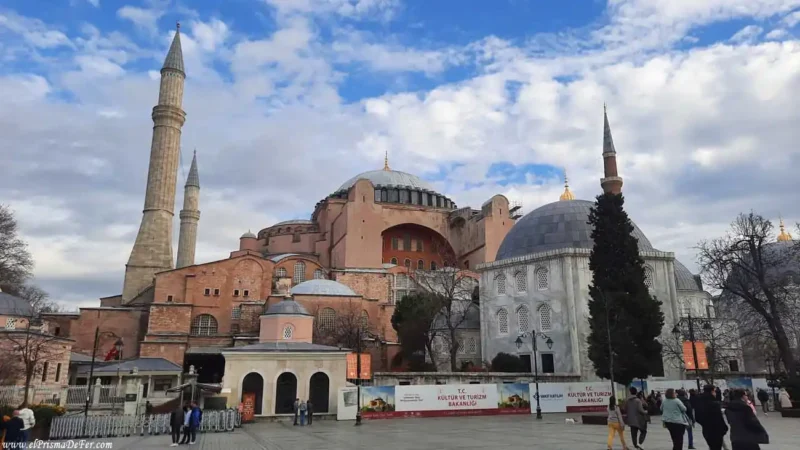
What to see in Istanbul, a bridge between Europe and Asia (coming soon)
Cappadocia
My favorite place in Türkiye and one of the most magical regions, famous for its rock formations known as “fairy chimneys.”
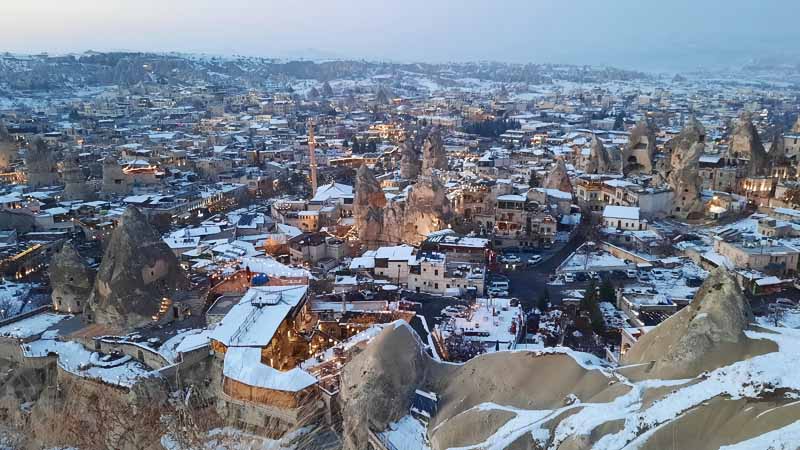
Here you can go trekking, explore underground cities, and, of course, experience a hot air balloon ride at sunrise, with spectacular views of the valleys.
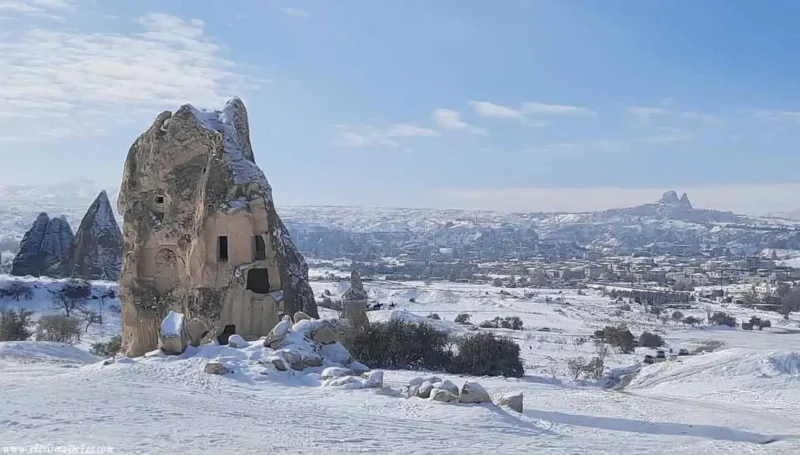
A surreal place called Cappadocia (coming soon)
Antalya and the Turkish Riviera
The south of the country is blessed with turquoise beaches, ancient seaside ruins, and charming coastal towns.
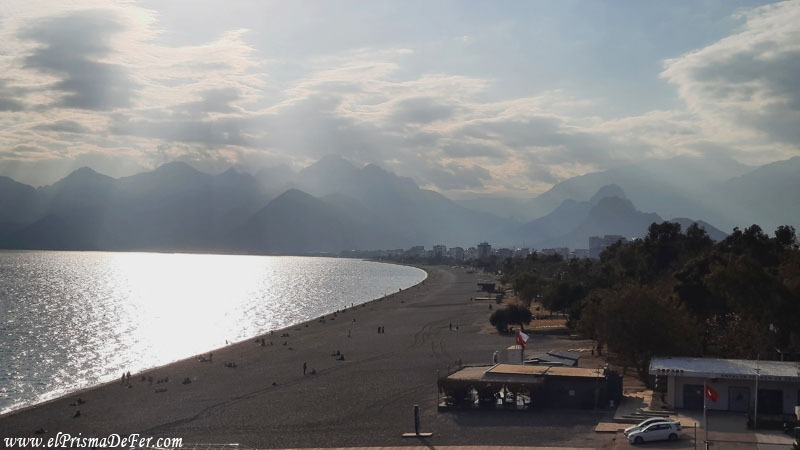
Antalya, Kas, or Fethiye are ideal bases for enjoying the Mediterranean, hiking trails like the Lycian Way, and relaxing by the sea.
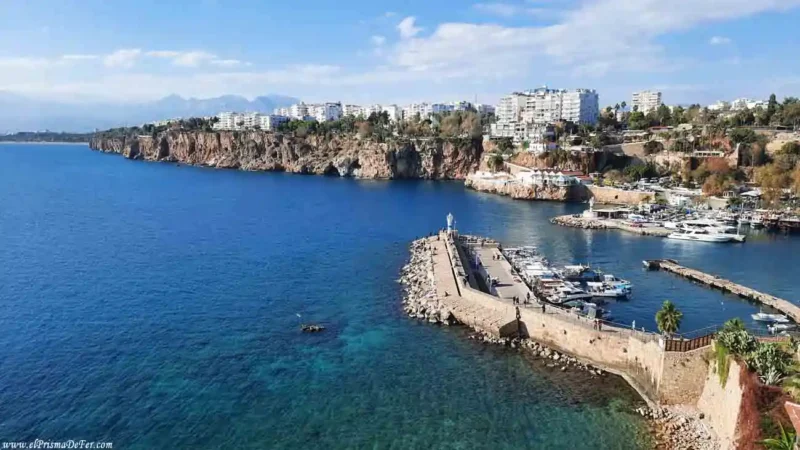
What to do in Antalya, on Türkiye's Mediterranean Sea (coming soon)
Pamukkale
Pamukkale, known as the "cotton castle," is one of Turkey's most striking landscapes. Its white travertine terraces resemble frozen waterfalls, extending over different levels.
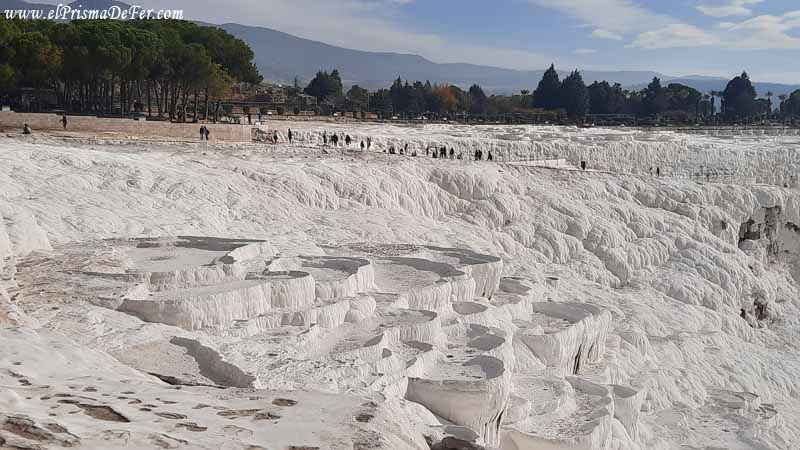
Walking barefoot through these formations and immersing your feet in the warm water is a different experience.
In addition to the natural pools, Pamukkale is also home to the ancient Greco-Roman city of Hierapolis, a UNESCO World Heritage Site alongside the natural site.
There you can explore ruins such as the theater, temples, baths and the necropolis, and even bathe in the famous Cleopatra's Pools, where thermal water surrounds fallen marble columns.
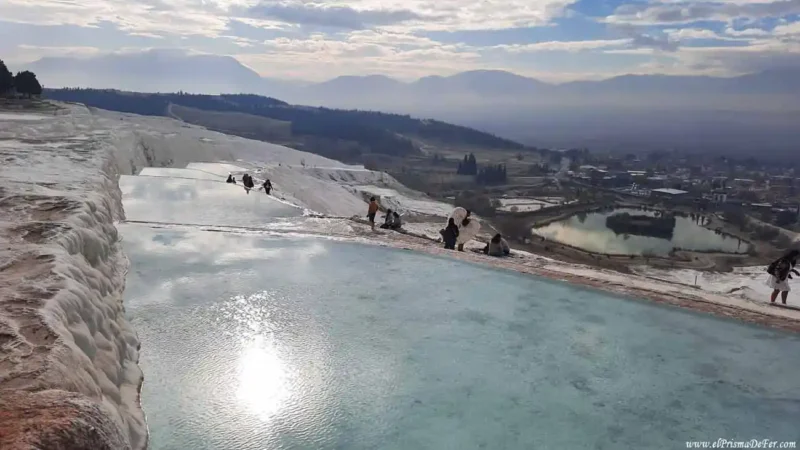
Things to do in Pamukkale: a visit to the travertines and the ruins of Hierapolis (coming soon)
Izmir
On the Aegean coast, Izmir is a modern city with a relaxed atmosphere. Although it wasn't one of my favorite cities in Turkey, it's a good base for exploring the surrounding area, such as Çeşme or nearby Ephesus.
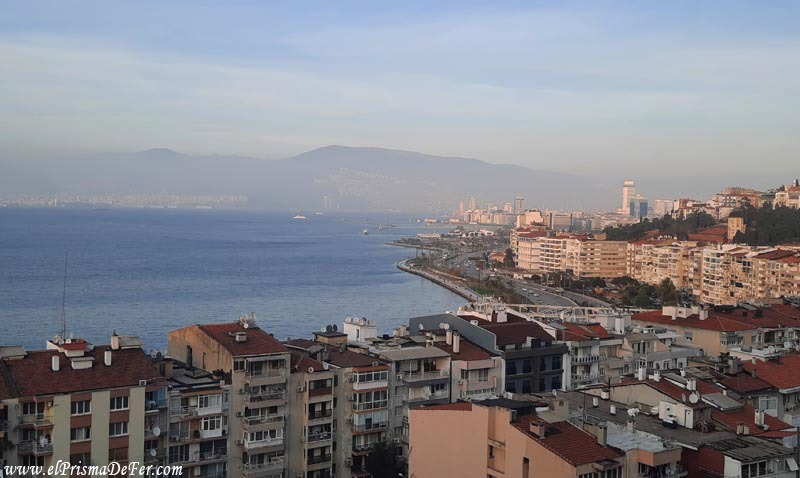
Its seafront, its bazaar, and its neighborhoods show another side of the country.
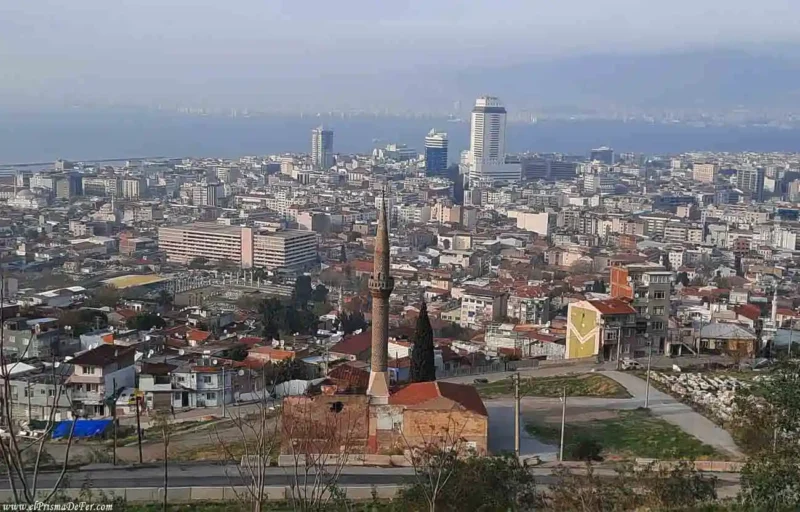
Izmir, the city I liked the least in Türkiye (coming soon)
Ankara
Although it often overlooks Istanbul, the Turkish capital has interesting sites like the Atatürk Mausoleum (Anıtkabir), several archaeology museums, and a more administrative and modern atmosphere. It's an important transit point if you're traveling inland.
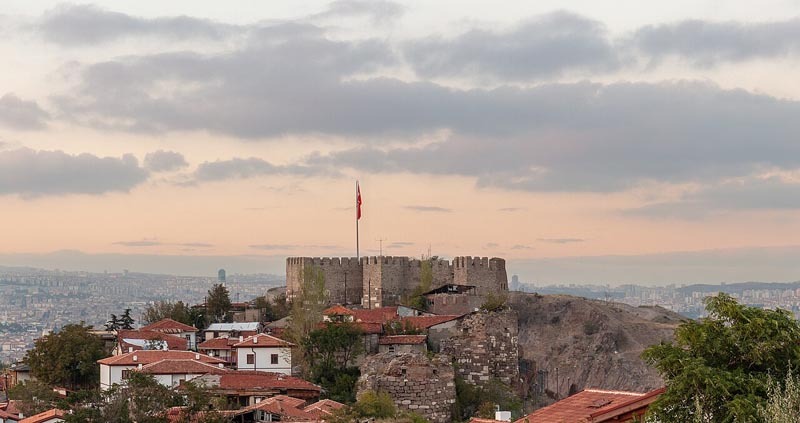
The Black Sea coast
Less visited by international tourists, this region offers verdant landscapes, mountains, tea plantations, and traditional fishing villages. Places like Trabzon and Rize are perfect for those seeking a more authentic Turkey, off the beaten track.
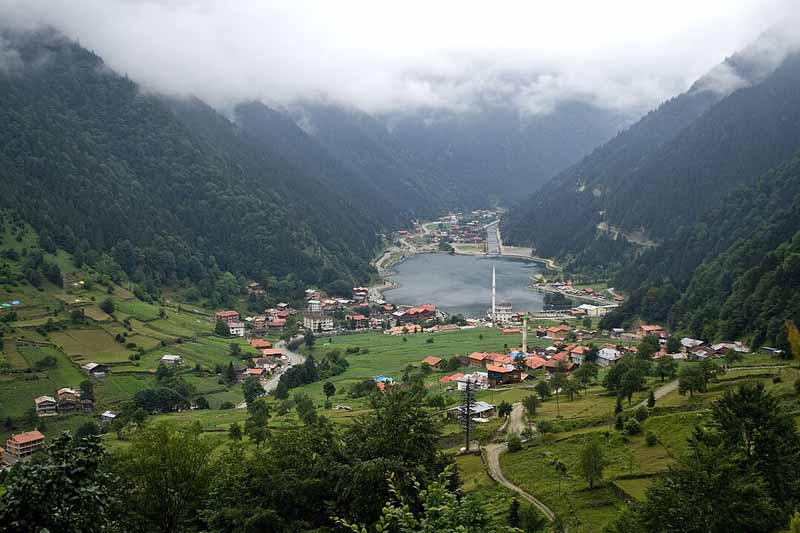
The traditional and Kurdish east
Eastern Turkey is the most distinct part of the country, with a distinctly Kurdish character and a more traditional lifestyle. Cities like Diyarbakır and Van showcase unique historical and cultural heritage, as well as mountainous landscapes that invite adventure.
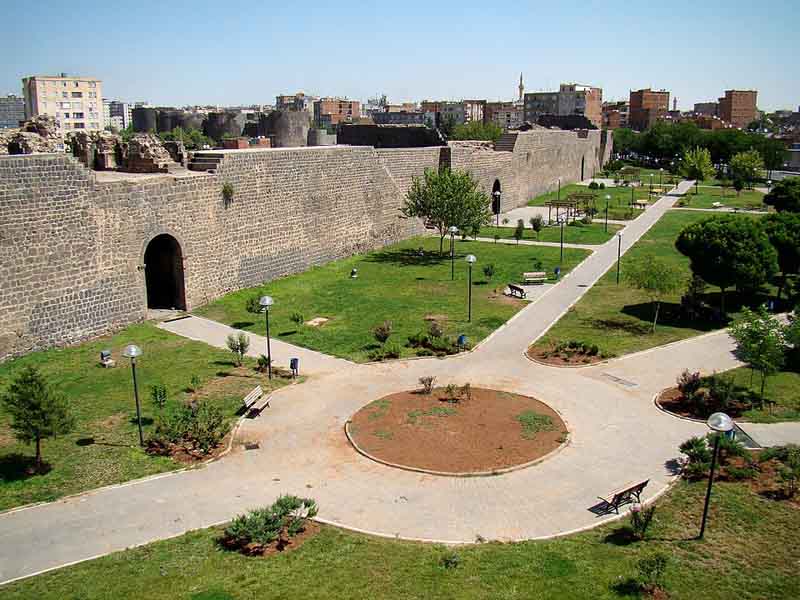
It's a region that requires a little more planning, but it provides a different perspective on Türkiye.
Organized activities in Türkiye
Ruins and archaeological sites to visit in Türkiye
In addition to its vibrant landscapes and cities, Turkey is a true paradise for history and archaeology lovers. Civilizations such as the Greeks, Romans, and Byzantines passed through these lands, leaving behind some of the most impressive remains of the ancient world.
Ephesus
Probably the most famous archaeological site in the country. It was one of the most important cities of the Roman Empire in Asia Minor and was home to the legendary Temple of Artemis, one of the Seven Wonders of the Ancient World.
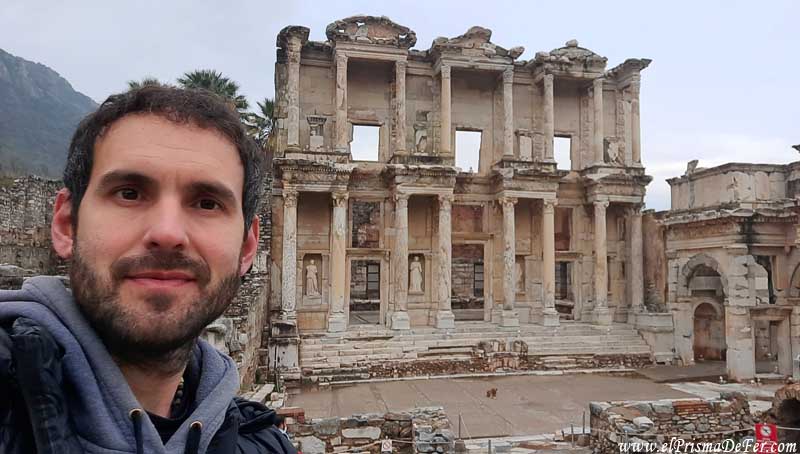
Today you can visit its impressive theater, the Library of Celsus, and cobblestone streets that convey the city's grandeur.
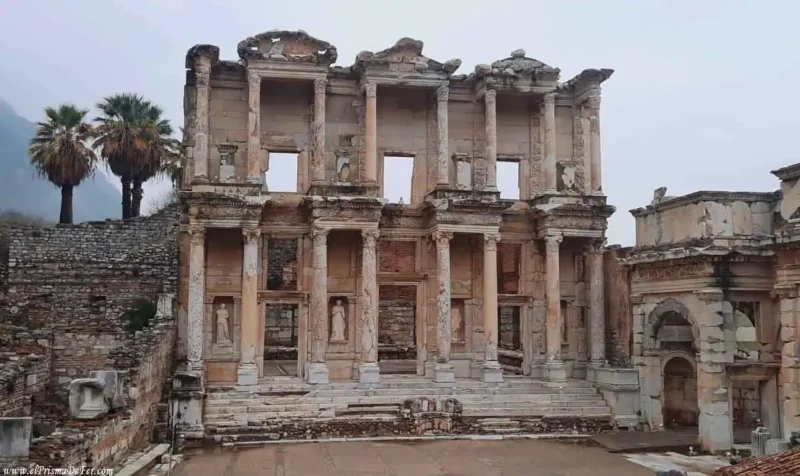
How to visit the ruins of Ephesus (coming soon)
Hierapolis
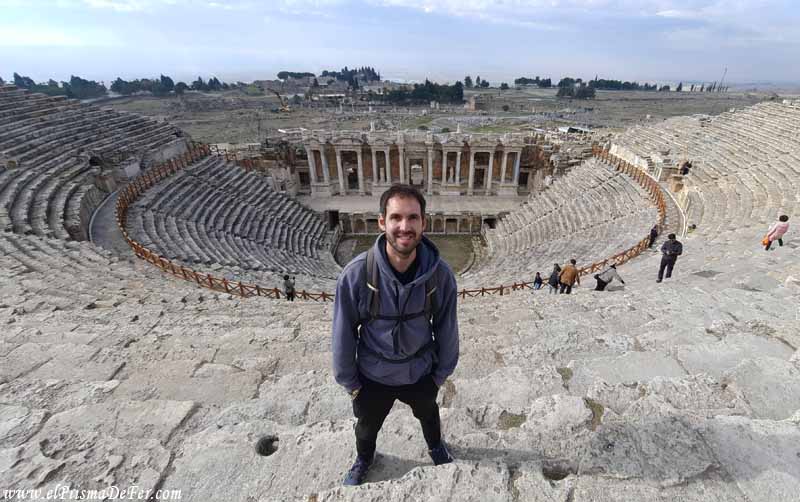
Located next to Pamukkale, this ancient Roman city combines history with nature. Its thermal baths, well-preserved theater, and necropolis demonstrate how the Romans exploited the mineral waters that still flow today.

Things to do in Pamukkale: a visit to the travertines and the ruins of Hierapolis (coming soon)
Pergamo
Perched on a hill near Bergama are the ruins of Pergamon, known for its library (rivaling that of Alexandria) and its sloping theater, one of the steepest in the ancient world. It was also a center of medical knowledge, with the famous Asclepeion.
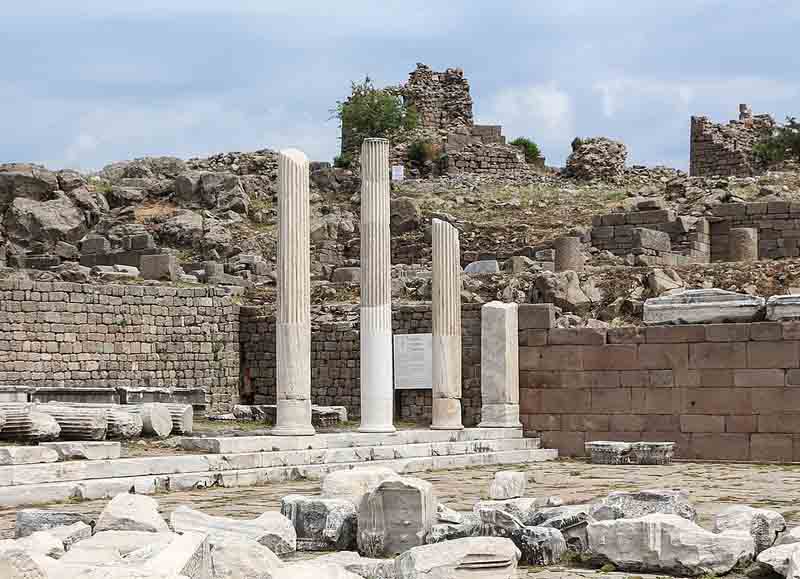
Troy
Known for the legendary war narrated in Homer's Iliad, Troy is one of the most emblematic archaeological sites.
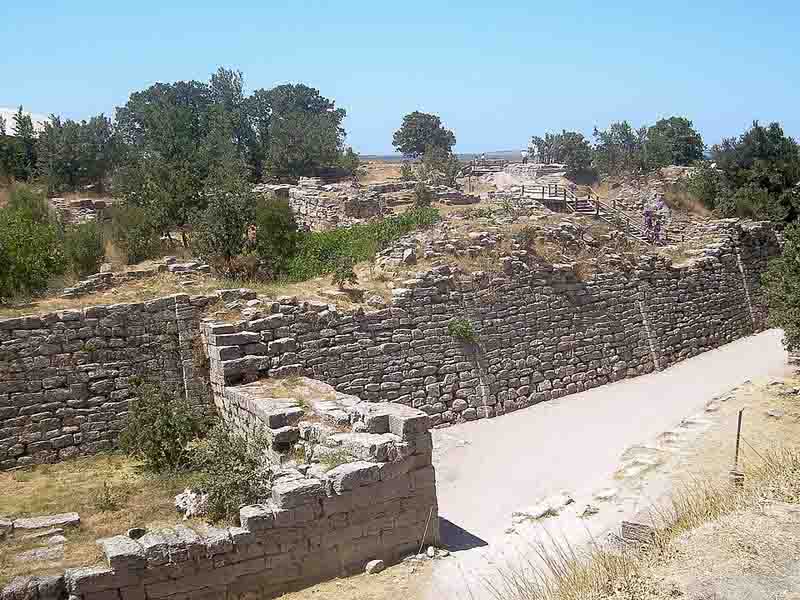
Although there isn't much to see in terms of ruins, its historical and symbolic importance make it a curious place.
Afrodisias
A less-visited but highly valuable site, Aphrodisias was a city dedicated to the goddess Aphrodite and is notable for its sculptures and stadium, one of the best preserved from ancient times. Its relative tranquility makes it even more attractive for those looking to explore without the crowds.
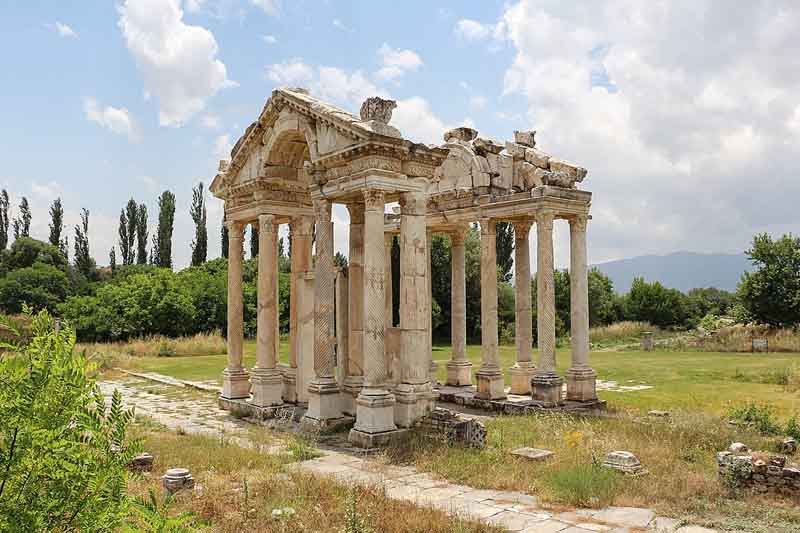

Typical foods in Türkiye
Turkish cuisine is one of the country's greatest attractions and reflects the blend of influences from the Middle East, Central Asia, and the Mediterranean.
Kebab
There are different types of kebab, from the döner, which is sliced into thin slices of roasted meat on a vertical spit, to the shish kebab, served on skewers.
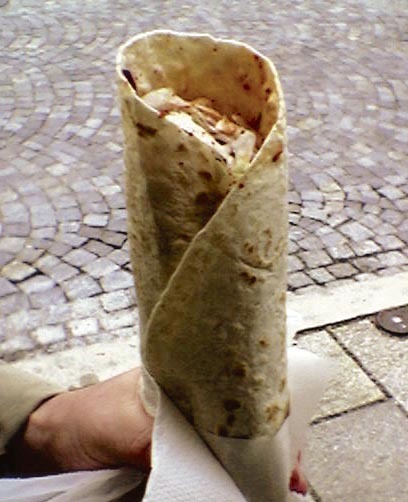
It is one of the most popular and affordable dishes that can be found throughout the country.
Meze
Meze is a set of small dishes served as a starter or side dish. It includes options such as smoked eggplant, stuffed vine leaves (dolma), cucumber yogurt, and spiced sauces.
It's ideal for sharing and trying different flavors at once.
Pide
Known as the “Turkish pizza,” pide is a long, thin dough filled with cheese, meat, egg, or vegetables.
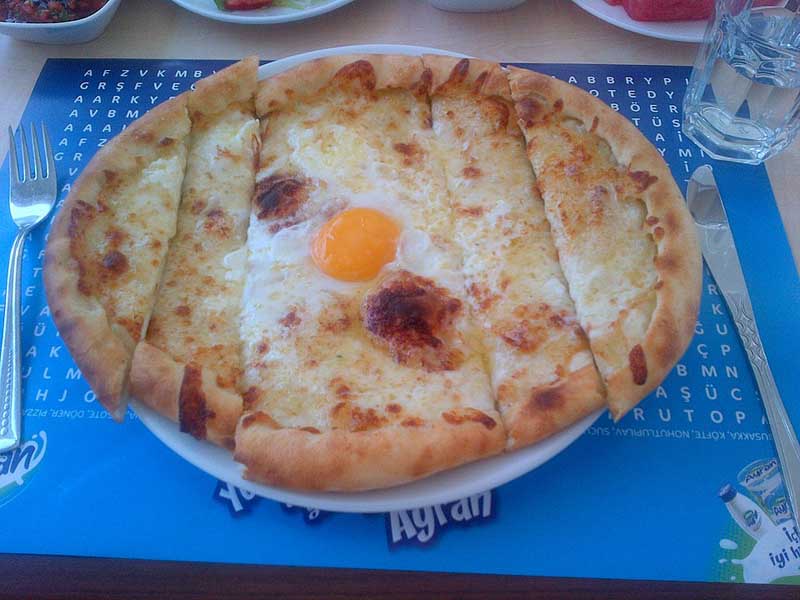
It is cooked in a wood-fired oven and is usually served cut into portions to be eaten with your hands.
Börek
Börek is a filled filo pastry, which can contain cheese, spinach or meat. Available in bakeries and restaurants, it's a quick option for breakfast or a snack during the day.
Desserts
Among the most famous sweets are baklava, made from layers of filo dough, nuts and syrup, and lokum, a gelatinous snack with different flavors and toppings.
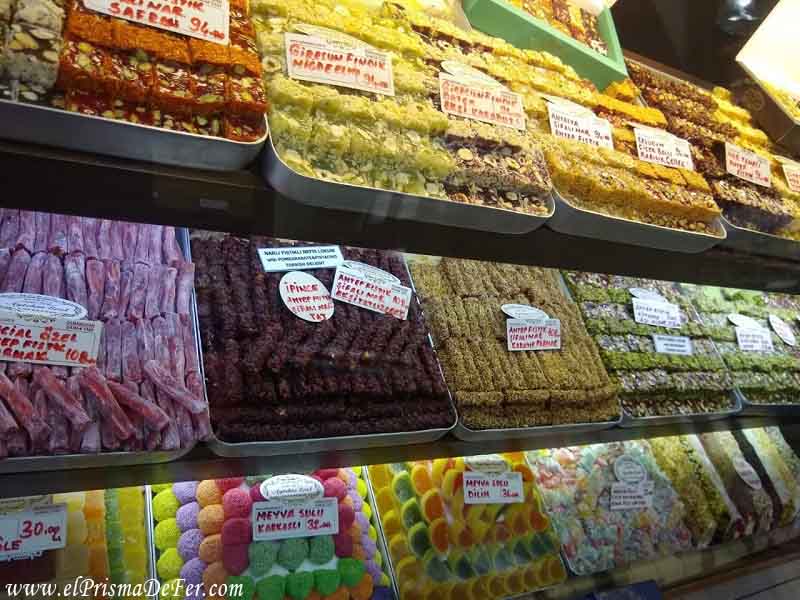
To accompany it, nothing beats a strong Turkish coffee or black tea, always present in the country's daily life.
Is it expensive to travel around Türkiye?
Traveling in Turkey has historically been cheaper than traveling to other European countries, but in recent years, prices have risen considerably. The devaluation of the Turkish lira means some services, such as public transportation and food at local restaurants, remain affordable, but international tourism has driven up prices at major attractions.
The cost of entry to iconic sites such as Hagia Sophia, Topkapi Palace, or museums in Istanbul, as well as visits to places like Pamukkale or Cappadocia, has increased significantly.
For tourists, this can make a significant difference in their budget, as many of these visits are not to be missed.
Still, Türkiye offers a wide range of options for all budgets: from budget hostels and street food to boutique accommodations and more exclusive experiences.
Security in Türkiye
In general, Türkiye is a safe country to travel to, especially in the most touristic areas such as Istanbul, Cappadocia, Antalya, or the Aegean and Mediterranean coasts. In these regions, problems tend to be limited to minor issues such as pickpocketing in crowded places, taxis trying to overcharge, or tourist scams, which are common in many destinations around the world.
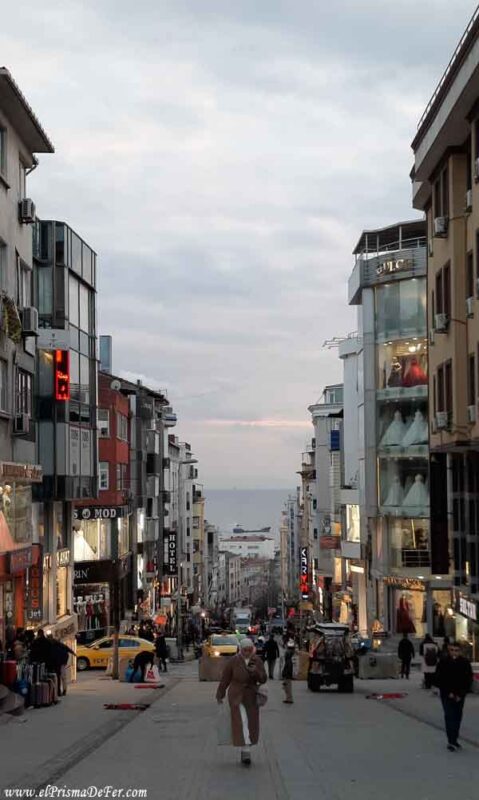
In terms of political security, Turkey has experienced periods of internal tensions and protests, especially in large cities, such as the attack that occurred in Ankara in 2024. This does not directly affect tourism, but it is advisable to stay informed about the current situation and avoid participating in rallies or protests.
The east of the country, especially the border areas with Syria and Iraq, is more sensitive due to regional conflicts and the presence of armed groups. While some Kurdish areas are open to visitors and show a different side of Turkey, it is advisable to do your research before going and avoid traveling to areas that the government itself advises against.
How to cross the border with neighboring countries
Türkiye shares borders with eight countries, and although most travelers arrive in Istanbul by plane, it's also possible to enter or leave by land. The experience varies by country, and it's a good idea to do your research before planning your crossing.
Greece and Bulgaria
These are the most frequently used borders by European travelers, as they connect with the European Union. The crossings are fairly organized and allow both bus and private car transit.
It's possible to travel by bus from Istanbul to cities like Sofia, Thessaloniki, or Athens without any major complications.
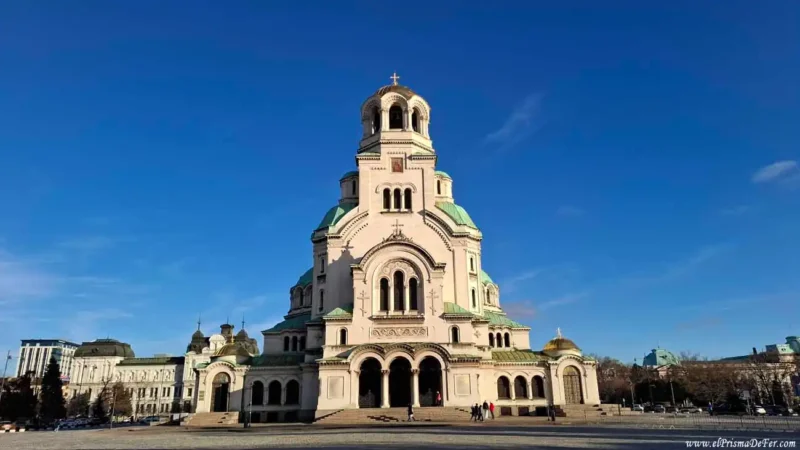
Guide to traveling in Bulgaria (coming soon)
Georgia
The land crossing from the Black Sea coast (Sarp Border Gate, near Batumi) is popular with backpackers. It's a fairly simple and quick route, with direct buses from Turkish cities like Trabzon and Rize.
Armenia
The land border with Armenia remains closed due to political tensions, so direct crossings are not possible. Travel between the two countries is usually via Georgia.
Iran
The main border crossing is at Doğubayazıt, near Mount Ararat. It's a busy crossing and is heavily used by transporters and travelers seeking less touristy routes.
Siria and Irak
Currently, the borders with Syria and Iraq (Kurdish region) are not recommended for travelers due to instability and security risks. They should be avoided except in very specific situations and with up-to-date information.

What is the best time to travel to Türkiye?
Türkiye has a very diverse climate due to its size and variety of landscapes, so the best time to travel depends on the regions you want to visit.
In general, spring (April to June) and fall (September to November) are ideal, with pleasant temperatures, fewer tourists, and spectacular scenery. During these seasons, you can explore cities, coastal regions, and inland areas without experiencing extreme cold or excessive heat.
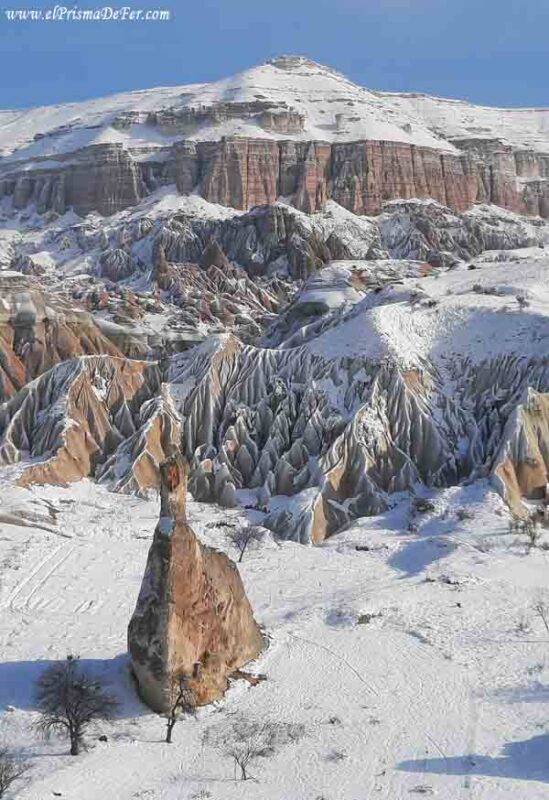
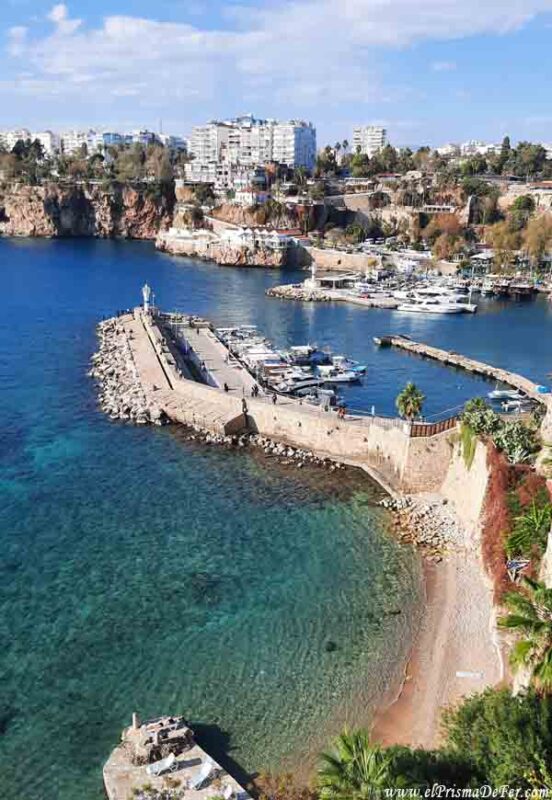
Summer (July and August) is excellent for the Mediterranean coast and the Aegean, but inland, especially in Cappadocia and Anatolia, it can be very hot during the day.
On the other hand, winter (December to February) brings intense cold to most of the country, especially in the interior and eastern areas, although it also offers unique landscapes and fewer crowds.
I traveled to Turkey in December, and except for Antalya, where the weather was pleasant, the rest of the country was very cold. In Cappadocia, I was even surprised by a snowstorm that covered the entire valley, creating a magical, completely snowy landscape.
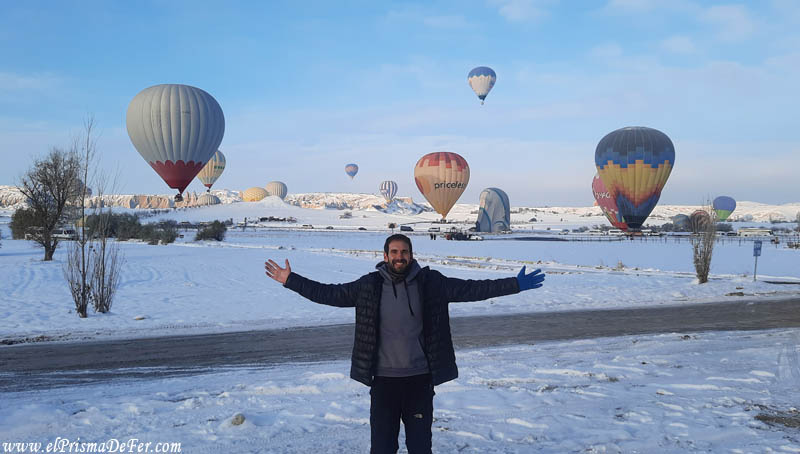
This experience, although cold, gave a special charm to the tours and the views of the famous valleys and fairy chimneys.
Which SIM card to use in Türkiye
If you're traveling around Türkiye, getting a local SIM is recommended so you can use maps, transportation apps, and stay in touch with hotels or guides.
The main mobile companies are Turkcell, Vodafone Turkey, and Türk Telekom, all of which offer data packages for tourists that include calls and fast and reliable internet access.
They can be purchased directly at the airport upon arrival, at official stores of each company, or at authorized kiosks in major cities.
Coverage in urban areas and along tourist routes is very good, but in some remote areas in the east or mountains it may be limited.
Another option to consider is Pttcell, the mobile phone company that belongs to the Turkish Post Office (PTT). It is the cheapest alternative of all, offering much cheaper plans than those of the major operators.

The downside is that it's not available everywhere: you can only buy it at PTT post offices, so it may be less practical if you're looking for something quick as soon as you arrive in the country.
How long to stay in Türkiye?
Turkey is a vast and diverse country, with destinations ranging from vibrant, historic cities to unique natural landscapes. Due to its size and variety of attractions, exploring it in just a few days is difficult if you're planning to explore more than Istanbul.
To get a general overview and visit the most iconic sites, such as Istanbul, Cappadocia, Pamukkale, the Mediterranean coast, or an inland city, it's ideal to have at least two weeks. With less time, you'll probably want to prioritize between regions and leave others for a future visit.
Those with three or four weeks to spare can explore the country at a more leisurely pace, including less touristy areas like the Black Sea coast or the Kurdish southeast, where the cultural experience is very different from that of the west.
Support The Prism of Fer!
Your support helps me continue creating free content on the blog. Thank you so much!


